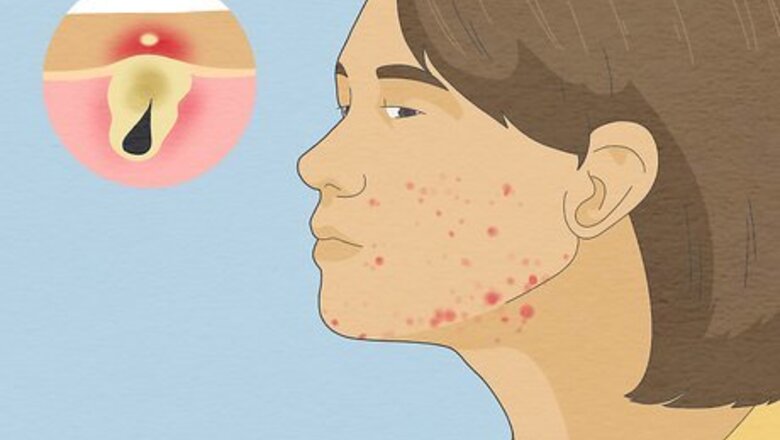
views
- Hormonal acne is usually more frequent and severe than bacterial acne. If you suffer from cystic pimples that happen often, odds are your acne is hormonal.
- Bacterial acne usually comes in the form of whiteheads and blackheads. Benzoyl peroxide is usually the best way of treating these types of zits.
- There are several options available for fighting hormonal acne—from topical therapies like drainage and dermabrasion to hormone-regulating medications like birth control.
- It’s possible (even likely) that you’re suffering from hormonal and bacterial acne. The sebum of hormonal acne makes skin easily susceptible to bacteria.
What’s the difference between hormonal and bacterial acne?
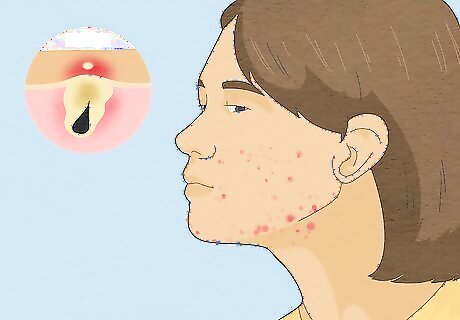
Hormonal acne is caused by excess oil in the skin. The main culprit of hormonal acne is sebum: the oily substance your sebaceous (fat) glands produce to keep your skin protected. When your hormones increase, your sebaceous glands get larger and create an overproduction of sebum. This sebum makes your skin oily, causing acne breakouts.
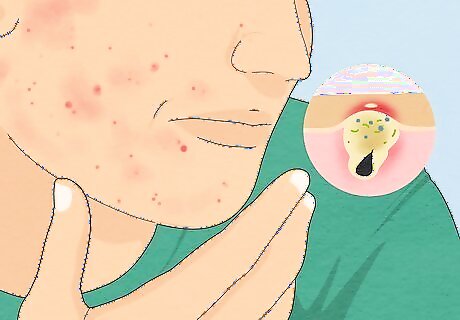
Bacterial acne is caused by bacteria infecting your pores. We all have small amounts of natural, good bacteria on our faces. But if our pores become clogged with oils or dead skin cells (which our body sheds regularly), these microbes can infect our follicles, which results in pimples and zits.
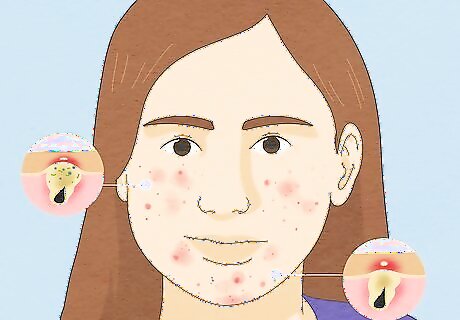
Hormonal acne and bacterial acne can co-exist. Because hormonal acne clogs your pores, hormonal breakouts create perfect environments for bacteria to get into your skin and spread. Therefore, there’s a chance both sebum and bacteria are giving you pimples and you should be treated for both types of acne.
How to Tell if Your Acne is Hormonal or Bacterial
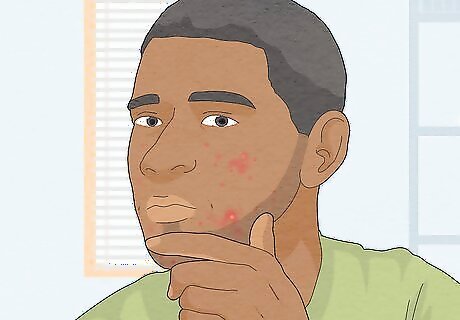
If you have acne flare-ups as an adult, it’s probably hormonal. While acne mostly affects people in their teen years, you become more hormonally active as an adult (especially if you’re an adult woman). You're biologically closer to reproductive age. You’re likely more sexually active. Because of this, your hormones are oscillating, causing acne.
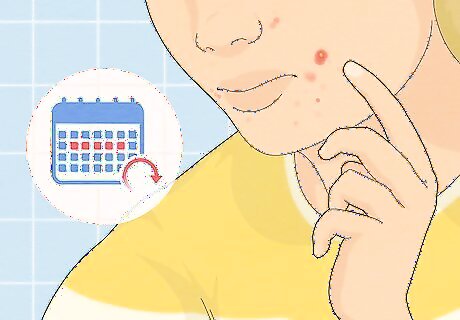
If your acne happens on a regular schedule, it’s probably hormonal. If your acne comes around the same time every month and a half or so, it’s probably due to your hormone cycle. (This is especially common for women on their periods.) On the other hand, if your acne pops up randomly and unpredictably, it’s probably bacterial.
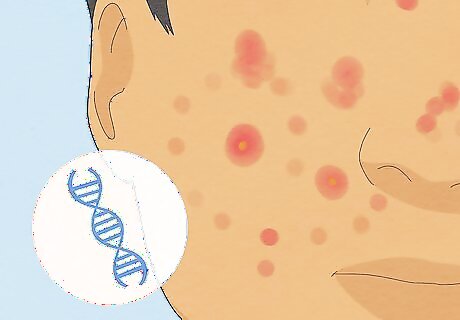
If you have a family history of acne, it’s probably hormonal. Sadly, genetics play a huge factor in our break-outs. If your parents had acne similar to yours, you’re probably suffering from a hormonal condition.
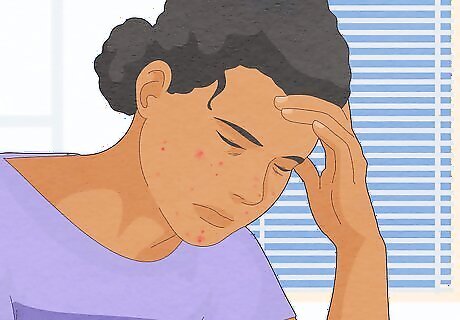
If you’re stressed or sleep-deprived, it’s probably hormonal. Hormones react when we’re high-strung or we haven’t had enough rest. If you’ve been suffering from insomnia lately, or you’ve been suffering from anxiety or another stress-related problem, your skin has broken out as a response.
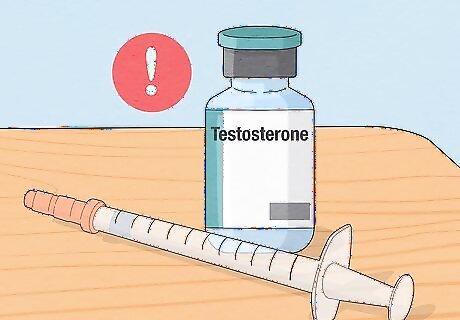
If you’re taking hormone-altering medications, it’s probably hormonal. If you’re taking anabolic steroids, lithium, or estrogen/testosterone, it’s likely your hormones are fluctuating. This fluctuation is causing pimples and inflammation.
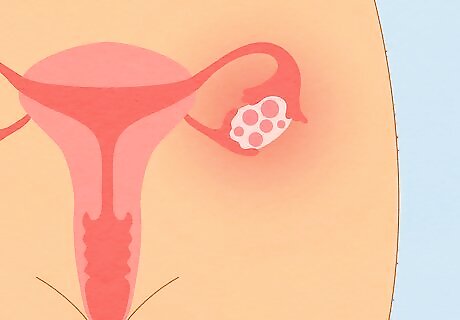
If you have a hormone condition, it’s probably hormonal. If you are dealing or have dealt with PCOS (polycystic ovarian syndrome), acromegaly, or other hormone/endocrine-based disorders, there’s a good chance your androgen levels have been affected, causing overproduction of sebum and hormonal acne.

If your diet is greasy, it’s probably bacterial. Greasy foods have been proven to clog pores. If you eat a lot of refined (non-complex) carbs, added sugars, or meals rich in omega-6, your body may be suffering from inflammation, which is causing bacterial acne.
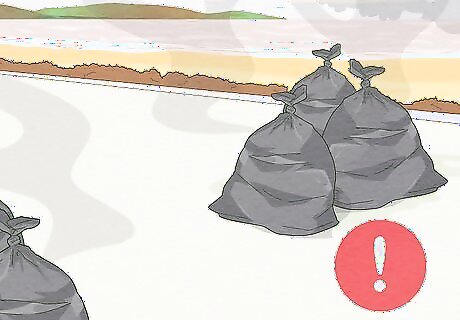
If you live in a polluted area, it’s probably bacterial. If your environment is clogged, unfortunately, your skin might be too. Studies have shown that air pollution has resulted in certain variants of acne and clogged pores.
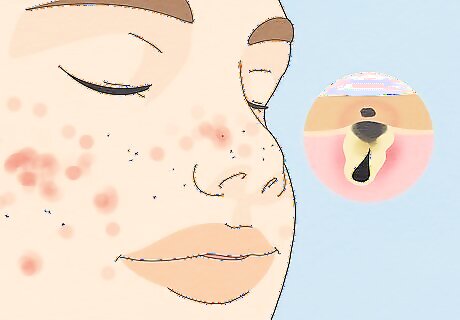
If it’s a singular whitehead or blackhead, it’s probably bacterial. Hormonal fluctuations likely cause acne to come in clusters or break-outs. If you notice a single, non-pustule zit, it’s likely caused by bacteria entering your pores.
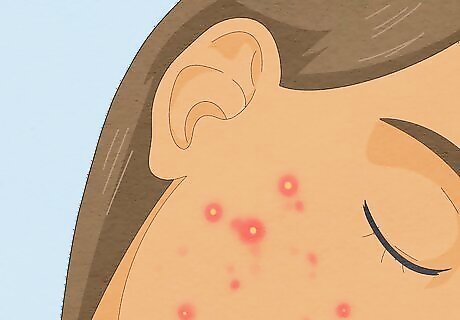
If it’s inflamed and cystic, it’s probably both. If you’re suffering from pustules (pus-filled pimples) or papules (pimples without noticeable heads), odds are an initial hormonal break-out has caused bacteria to enter your skin and block your pore. The contents of that pore have then spilled out and reddened the nearby skin, resulting in more cystic and painful zits. Getting rid of cystic acne is often a process combining hormonal and bacterial treatments. Since everyone’s acne is different, see a dermatologist to see which methods are best for your skin.
How to Treat Hormonal Acne
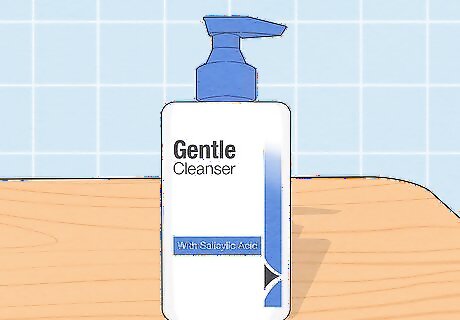
Develop a regular skincare routine. Since hormonal acne happens cyclically, treatment for it should be regular too. Find a facial cleanser with an acne-fighting chemical like salicylic acid and apply it to affected areas as often as twice a day (once in the morning, once at night). Dermatologists also recommend using a retinoid gel or cream a few times a week. Both salicylic acid and retinoid may cause redness or dry skin. Exposure to sunlight may worsen these side effects. Do not use a retinoid product regularly while also using benzoyl peroxide to treat acne.
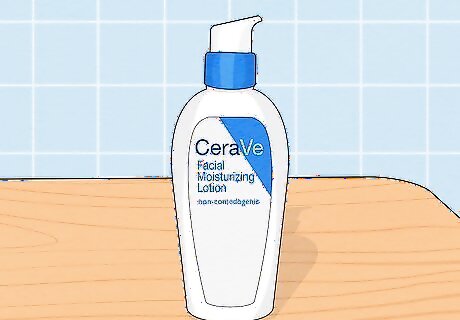
Use non-comedogenic products. Be careful when covering your skin with certain make-ups, sunscreens, and skin products as they may contain comedogenic (or pore-clogging) ingredients. In addition to a regular acne cleanser, switch to a non-comedogenic moisturizer to keep your skin healthy and refreshed.
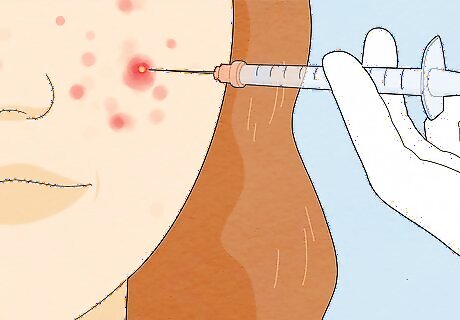
Try topical therapy. Make an appointment with a nearby dermatologist if you need help managing your hormonal acne. They offer several effective topical treatments like: drainage and extraction for popping whiteheads and blackheads, light therapy for blemishes, and even low-risk steroid injection for painful papules.
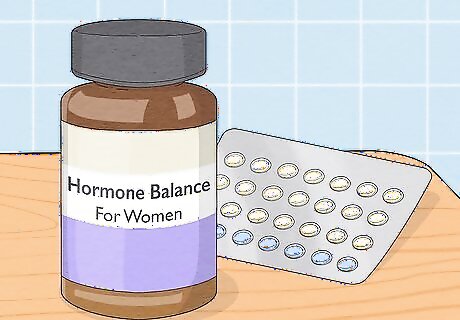
If you’re a woman or AFAB, consider taking hormone-regulating pills. Certain oral contraceptives, like spironolactone and birth control, are recommended by dermatologists in treating hormonal acne for women. If your hormonal acne is severe and other treatments just aren’t working, these medications may be a good option. Just be sure to consult your doctor first! In severe cases, hormonal therapy may cause blood clots or high blood-pressure. If you experience either of these symptoms, contact a medical professional immediately.
How to Treat Bacterial Acne
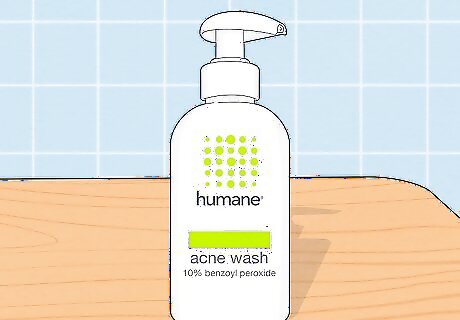
Apply benzoyl peroxide. Using a benzoyl peroxide skin cleanser on its own or combination with another topical face-wash has been proven to help fight bacterial or mixed acne. Wash your face twice a day with benzoyl peroxide to help eliminate the spread of bacteria on your face. Only apply benzoyl peroxide to affected areas to avoid unnecessary redness and irritation.
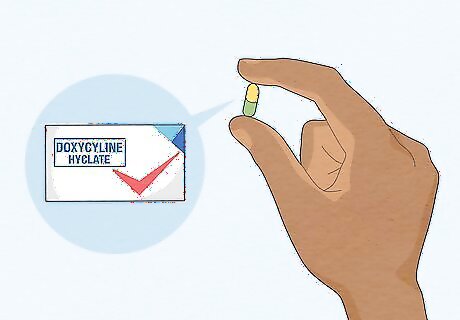
Consider taking oral antibiotics. In intense cases, oral antibiotics like doxycycline and azithromycin can help fight the spread of bacteria in your body. However, these should be taken for as short a time as possible and used alongside other facial cleansers to prevent bacteria from developing a resistance to the medication. Oral antibiotics are available through prescription only. Consult your doctor first if you think you could benefit from this treatment.
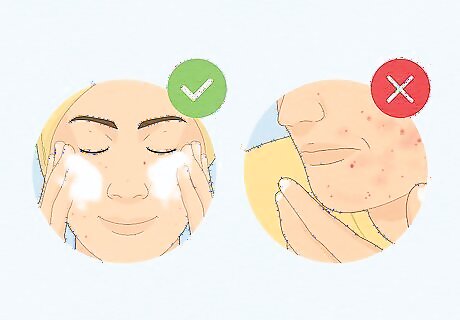
Practice excellent hygiene habits. If you’re suffering from bacterial acne, you have to be extra diligent in maintaining good hygiene to prevent acne. Wash your face twice a day, avoid touching your cheeks and forehead, exfoliate regularly, and avoid irritants to your skin (tight clothing, severe sunlight) to keep break-outs in check. If you’re regularly getting acne in the same spot on your skin, you probably need to change your clothes to a more breathable type of fabric.
Is fungal acne hormonal or bacterial?
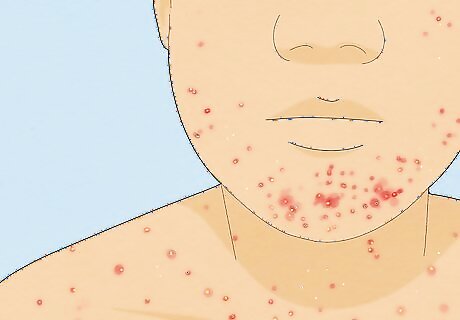
Fungal acne is neither hormonal or bacterial. If you’re suffering from itchy, red bumps on your skin, chances are you’re not suffering from a break-out, but from folliculitis (an inflammation of your skin’s hair follicles). While sebum production and bacteria exacerbate fungal acne, it’s mainly caused by yeast infecting your pores. The good news: this means it’s unlikely you’ll suffer from any pimples or zits. The bad news: fungal acne cannot be treated like hormonal or bacterial acne, and anti-yeast remedies are necessary. Usually, fungal acne can be treated with regular use of antifungal shampoos and soaps, which are available online and in most grocery stores. In severe cases, fungal acne may require oral antibiotics. Consult your doctor if your folliculitis is particularly severe, long-lasting, or painful.
















Comments
0 comment